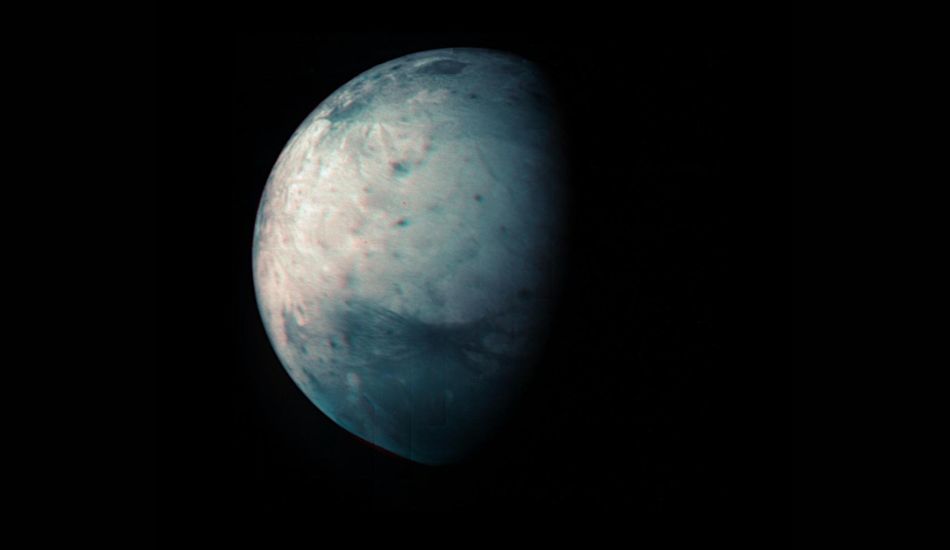
Ganymede: Could Jupiter's Moon Be a Dark Matter Hunter?
Imagine turning an entire moon into a giant detector. That's what a physicist is proposing! The idea is to use Ganymede, Jupiter's largest moon, to search for dark matter. It sounds like science fiction, but hear me out.
We know dark matter makes up a huge chunk of the universe – about 85%, they say. The problem is, it's "dark." It doesn't interact with light, making it incredibly difficult to spot. So, how do you find something you can't see? Physicists have been scratching their heads over this for ages.
William DeRocco, a clever physicist, suggests that if massive dark matter particles have crashed into Ganymede over time, they might have left traces. Think of it like tiny, but incredibly dense, meteorites creating unique craters. These wouldn't be your average impact craters. Instead, they might be smaller dents with special minerals brought up from the moon's depths. The coolest thing is that spacecraft like NASA's Europa Clipper or ESA's JUICE might be able to spot these "dark matter craters" during their missions. That would be awesome, right?
According to DeRocco, if you used ground-penetrating radar on Ganymede, you might even see a column of melted ice going all the way down through the ice, created by the impact.
Now, it's important to be realistic. There's no solid proof that these super-heavy dark matter particles even exist. But, as another astrophysicist pointed out, this idea is intriguing. And honestly, solving big mysteries in physics often requires thinking outside the box.
While there's no guarantee this will work, there's also no reason to dismiss it outright. We'll have to wait and see if space agencies decide to give this idea a shot. If they do, who knows? Maybe Ganymede really is hiding some of the universe's biggest secrets right under its cratered surface.
Source: Gizmodo